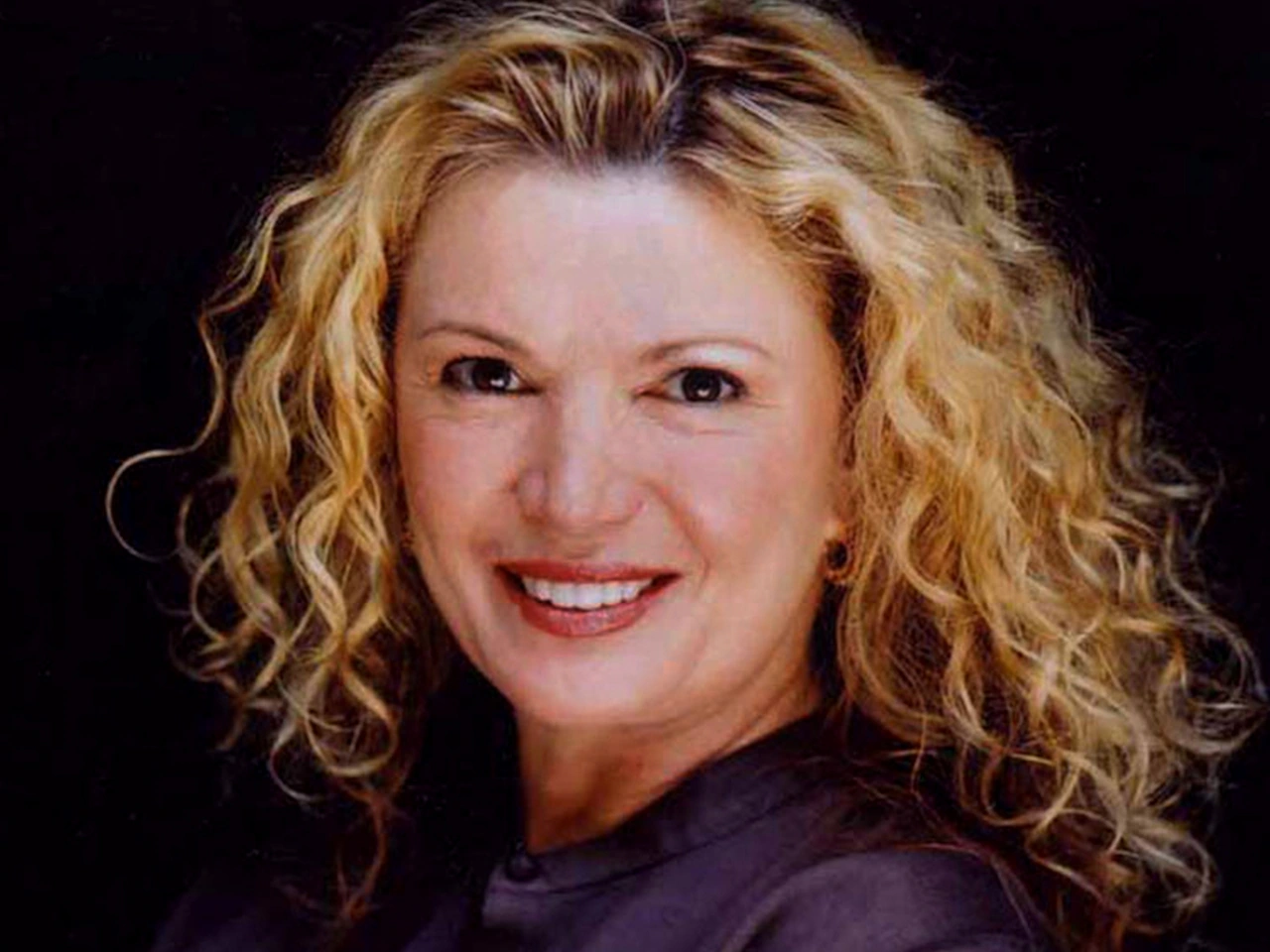
Lola Emily Mary Young, the English singer behind 2024’s hit Messy, has revealed that she is taking a step back from music after collapsing on stage in New York City.
The 24-year-old star, whose chart-topping single cemented her as one of the U.K.’s rising talents, announced on Instagram this week that she would be “going away for a while” and canceling all upcoming appearances “for the foreseeable future.”
Young has been open about her mental health struggles in the past. In 2022, she explained on Instagram that she was diagnosed with schizoaffective disorder in 2019, describing it as both a challenge and a source of strength.
She wrote: “My mental health condition does not define me. It is my superpower. I have crazy f****** highs (mania) and immense lows and even both at the same time. I have been sectioned and I have visited very dark places mentally.”
What Is Schizoaffective Disorder?
Newsweek spoke with two mental health experts to better understand the rare condition, which is characterized by both schizophrenia symptoms and mood disorders such as mania or depression.
“It is a very severe mental illness,” explained Dr. Oliver Woolf, adding that people have a mixture of symptoms like hallucinations as well as bipolar-type episodes, including extreme shifts in mood and energy with distinct manic or depressive phases.
He continued: “What that really means is that these people can experience differences in the way that they perceive the world, and they can find it difficult to tell what is real and what is not real. At the same time, this can impact on their mood, so they can also experience symptoms of either depression or, on the converse side, elated mood.”
Schizoaffective disorder is most often diagnosed between the ages of 25 and 35, with women being slightly more likely to develop the condition. It is considered rare, affecting only around 0.3 percent of people in their lifetime.
Causes and Risk Factors
Woolf, a specialty doctor in psychiatry who works for Care in Mind, a service supporting young people with complex mental health needs, said that multiple factors contribute to conditions like schizoaffective disorder.
“At present, psychiatrists use a model called the biopsychosocial model, which basically looks at the person as a whole and looks at their biological causes. So that may be looking at their family history of mental illness and look at which conditions run in families. They will also consider that person’s environment, so what we call their psychosocial stresses.”
Woolf noted that growing up in challenging environments can contribute to mental illness, pointing to examples such as living in a country affected by war or civil unrest. “Extreme, adverse and traumatic events in their life that could contribute to their presentation,” he added.
Genetics can also play a role. One study examined more than 1,000 close relatives of 150 people with schizoaffective disorder and found that nearly 30 percent developed some type of mental health condition within the “schizoaffective spectrum.”
Young told The Telegraph: “I have a history of it in the family—my uncle on my dad’s side had schizophrenia, and my mom’s brother had depression, and they both died.”
Woolf also explained that substance use can sometimes worsen or trigger symptoms: “We also know that a lot of people that do not use substances and alcohol can still develop a severe mental illness.”
Treatment Options
People with schizoaffective disorder may be prescribed antipsychotic medication to help manage symptoms such as hallucinations or delusional beliefs.
Woolf said that those with the condition may also be given antidepressants to treat low mood or mood stabilizers to manage manic symptoms, which can include elevated mood, impulsive behavior and sleep difficulties.
These treatments require careful and ongoing monitoring. Research has also shown that individuals with serious mental illness often face poorer physical health outcomes, including higher rates of conditions such as type 2 diabetes and high cholesterol.
Living and Working With the Condition
Experts emphasize that schizoaffective disorder is not a “death sentence” and that people with the condition can still live fulfilling lives. Young, who has also been diagnosed with ADHD, has used her platform to speak openly in an effort to destigmatize mental health and neurodevelopmental conditions.
Newsweek also spoke with Dr. Sunita Babu, a Consultant Occupational Health Physician at Nation Occupational Health, who highlighted the importance of support in the workplace.
“During episodes of relapse where symptoms have increased, individuals may struggle to remain in work and can benefit from occupational health support in addition to their treating team,” she said.
“Learning to live with a long-term mental health condition like schizoaffective disorder can take time and no two individuals with the condition have the same experience.
“Taking time to understand how schizoaffective disorder affects you, engaging in lifestyle factors to support your wellbeing, understanding signs that show you are becoming unwell and knowing where to access support will help individuals to manage daily life work and school.”
Do you have a tip on a health story that Newsweek should be covering? Do you have a question about schizoaffective disorder? Let us know via health@newsweek.com.
References
Angst, J., Felder, W., & Lohmeyer, B. (1979). Schizoaffective disorders: Results of a genetic investigation, I. Journal of Affective Disorders, 1(2), 139–153. https://doi.org/10.1016/0165-0327(79)90033-8



